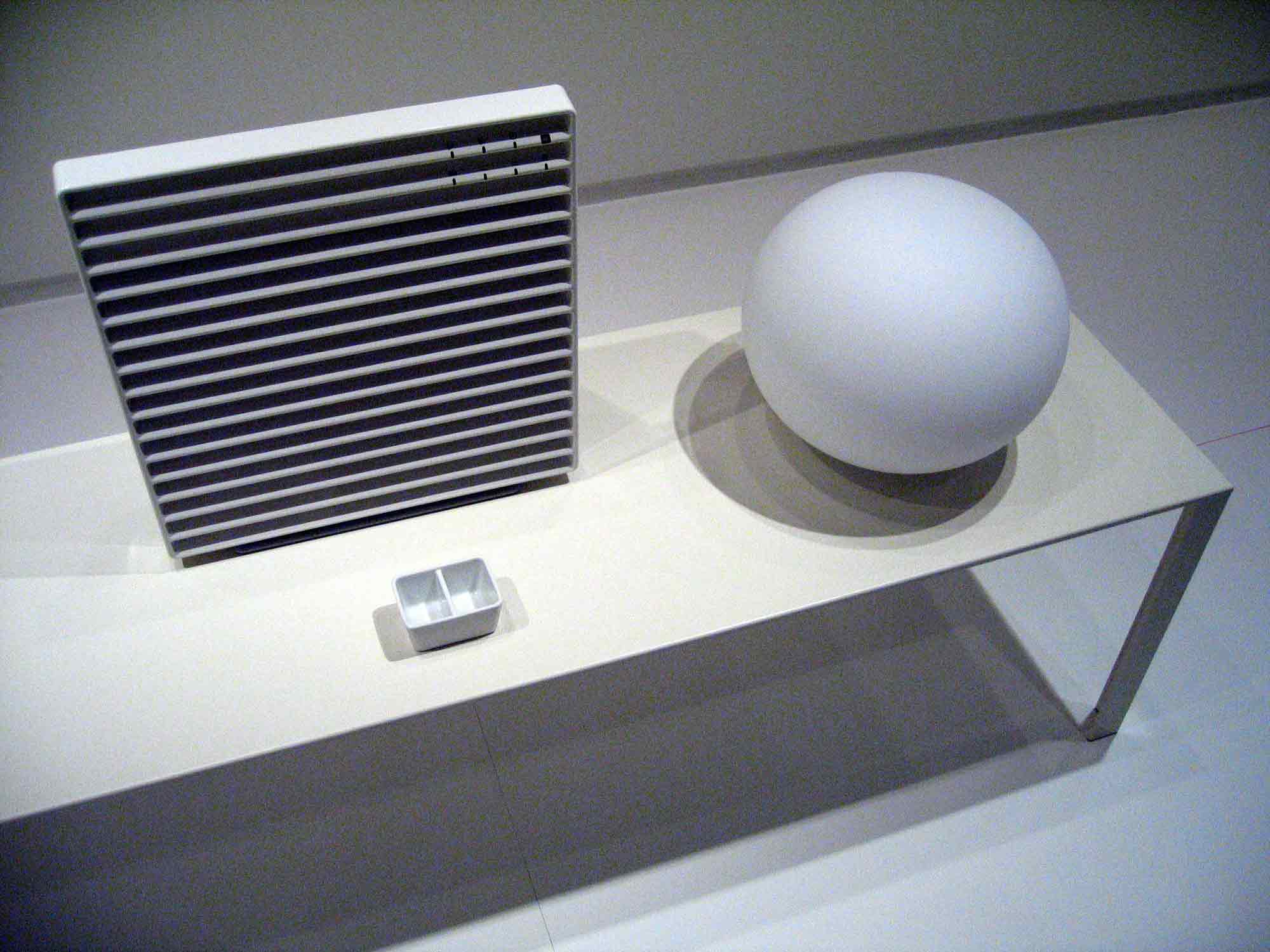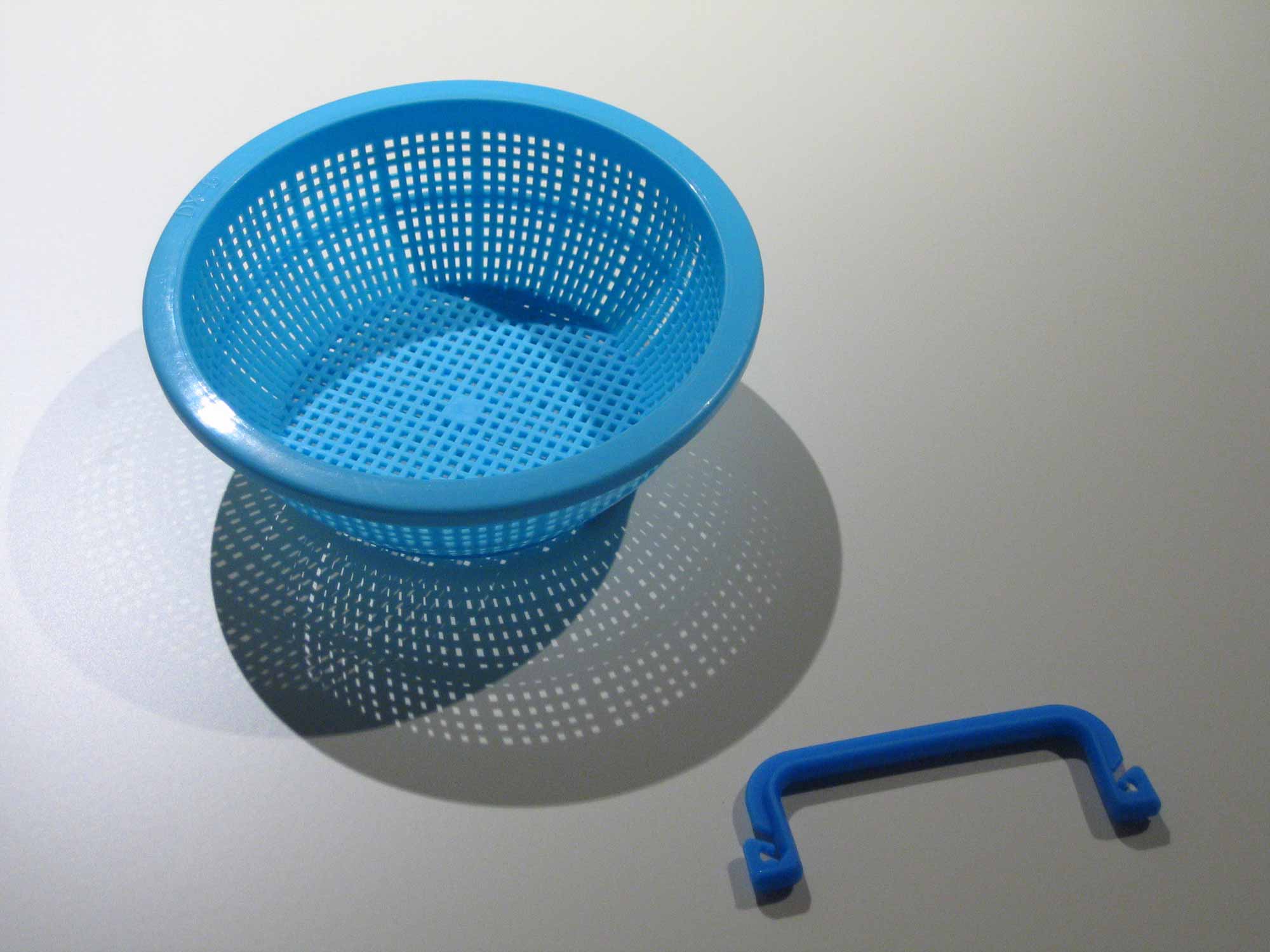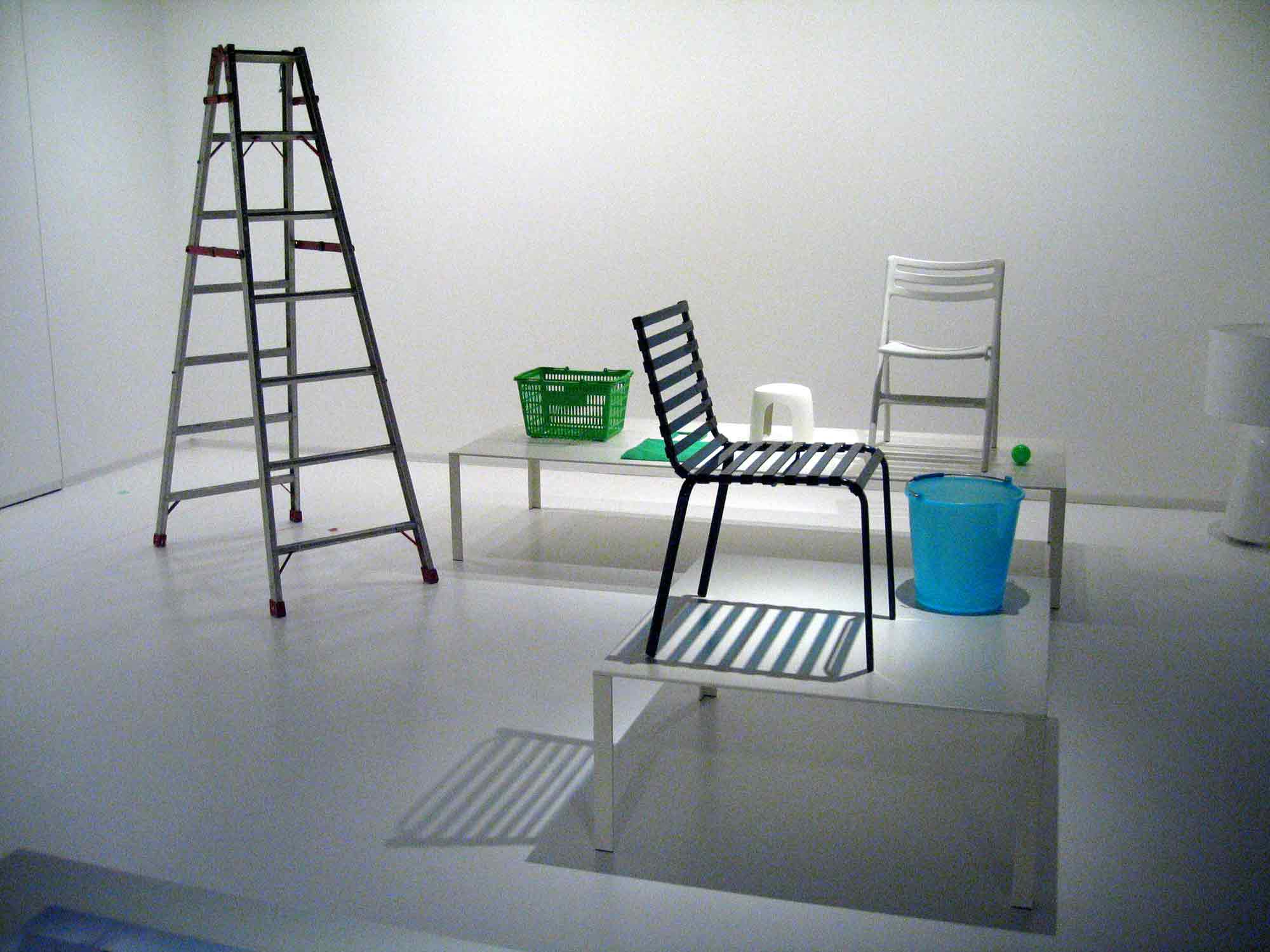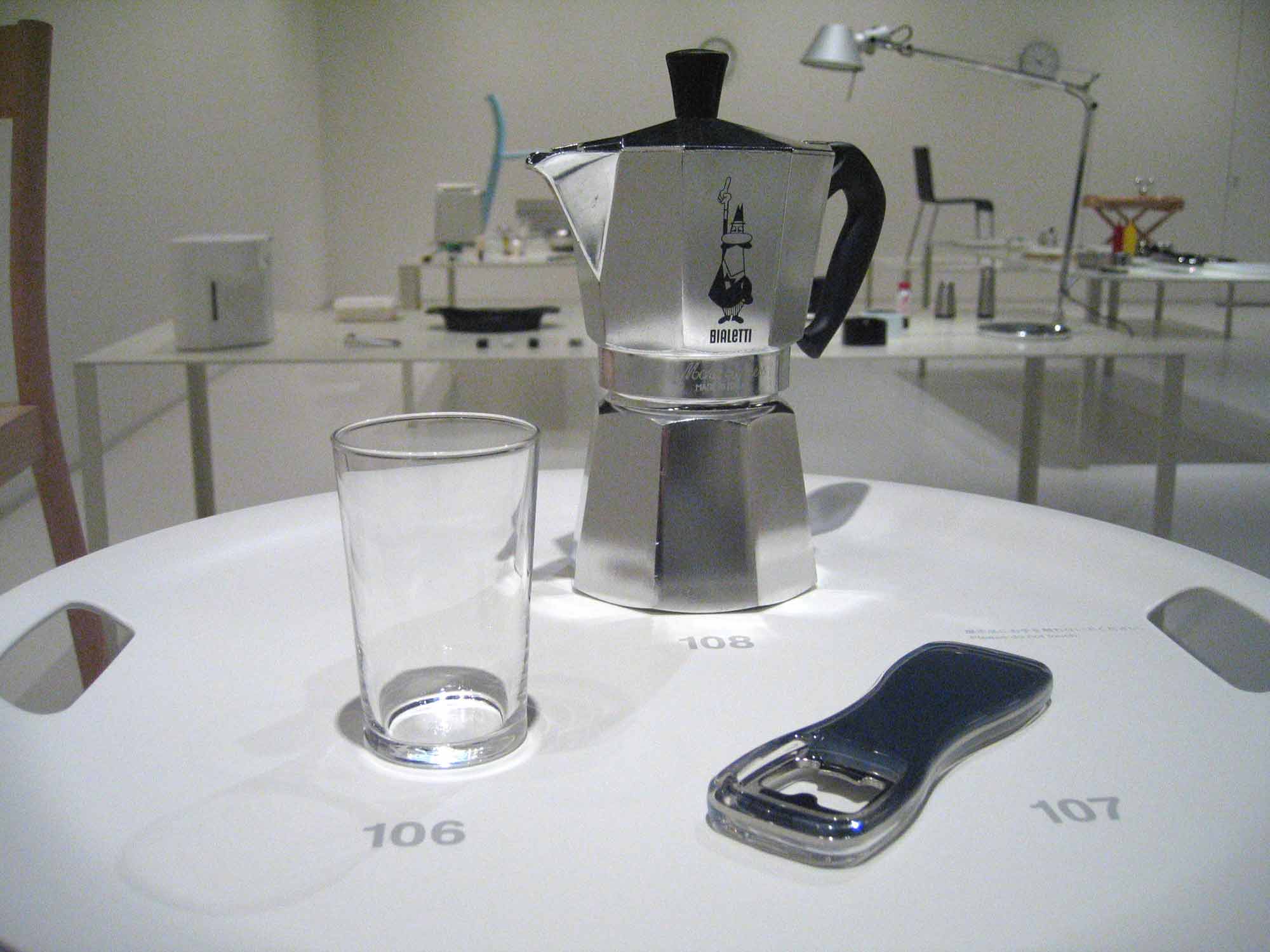Super Normal began with an understanding or rather a gradual noticing that certain objects, usually the more discrete type, and mostly, though not inevitably, anonymously designed, outperform their counterparts with ease when it comes to long-term everyday use. Why that should be seems worth understanding if we are to design more real, lasting, and pleasing things and avoid the designer’s trap of placing too much importance on how things look.
With that in mind Naoto Fukasawa and I put together an exhibition at the Axis Gallery in Tokyo. It was not a perfect or complete selection of objects because we were at the beginning of an understanding of a tricky subject. The exhibition was staged in an all-white space on Jean Nouvel’s Less tables, kindly donated by Piero Molteni of Unifor. As incomplete as the selection was it still managed to capture a pencil-sketch likeness of the subject, even if an ear or eyebrow was missing.
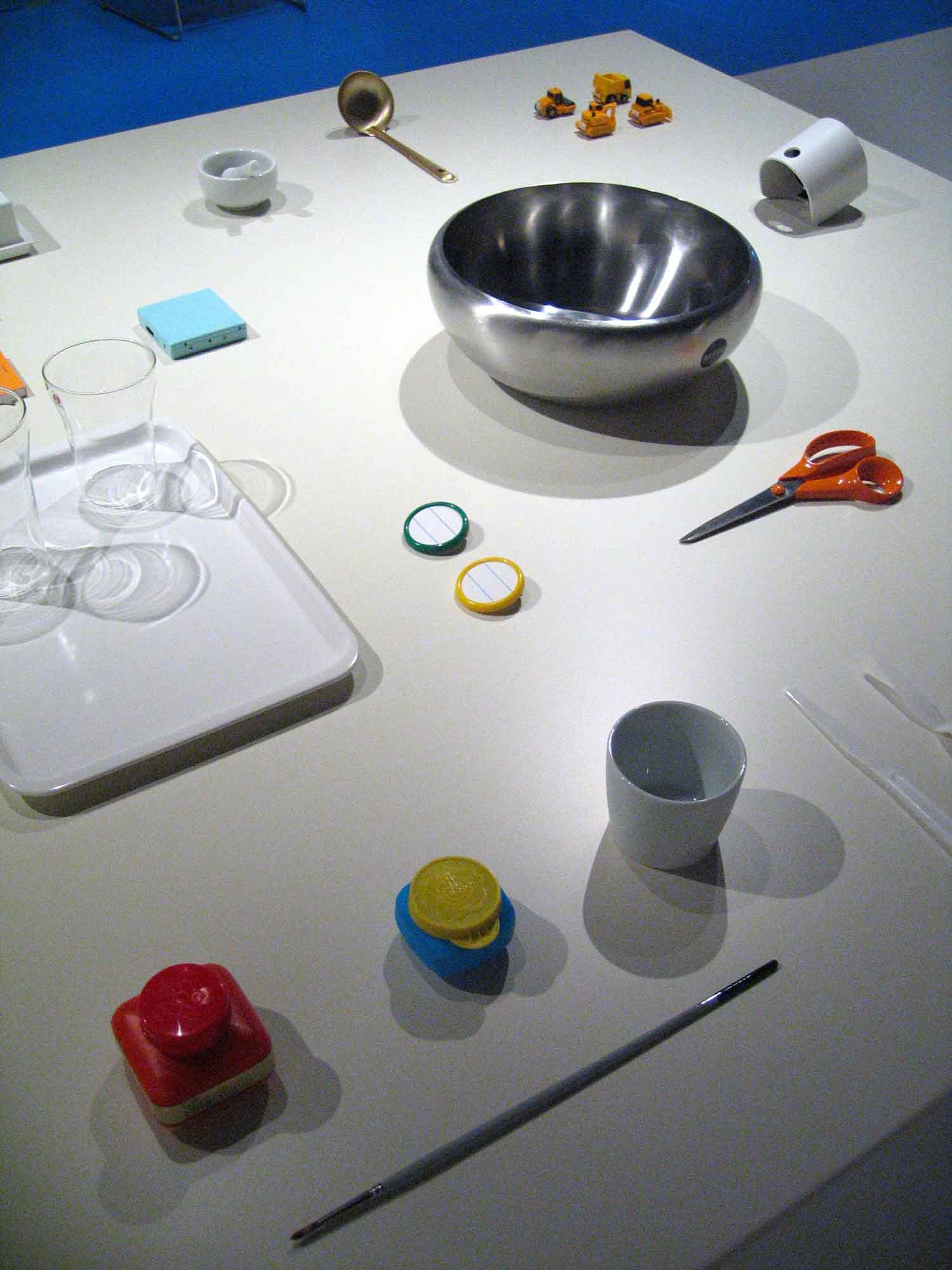
The exhibits included famous and favourite items like the Bialetti espresso maker, less well known but equally anonymously authored objects like a well-proportioned mass-produced drinking glass and a category of authored designs including some of our own which seemed to pass the test. In retrospect it’s clear that it isn’t about who, if anyone, authored a design, but the ability of certain objects to score in a number of different ways.
For example: To represent an end game in an object's typology or to be recognised as an icon of espresso makers, desk lamps, modular bookshelves etc.
To be so recognisable as the most normal example of a particular type of object like the Pentel pen is of felt tips, that they acquire a higher level of normality or effortless familiarity than any other example.
To perform one or several functions so naturally that their use is instinctive or even subconscious (a paperclip, for example, or a Bic lighter) and we take them completely for granted, or more subjectively perhaps, to attach themselves to our everyday existence in a way that would leave us at a loss without them (the Rex vegetable peeler, one of many cases in my home).
In the absence of any examples of normal in a specific category, a design may take the place of the missing Normal item. These are all examples of how something may come to be Super Normal and in most cases it takes time for the qualities which typify the Super Normal object to be recognised. One can imagine a paperclip being a miracle of technology and ingenuity (as in reality it still is) for the first ten or twenty years of its existence before we became accustomed to them.
Extracted from A Book of Things by Jasper Morrison (Lars Müller Publishers, 2015)

